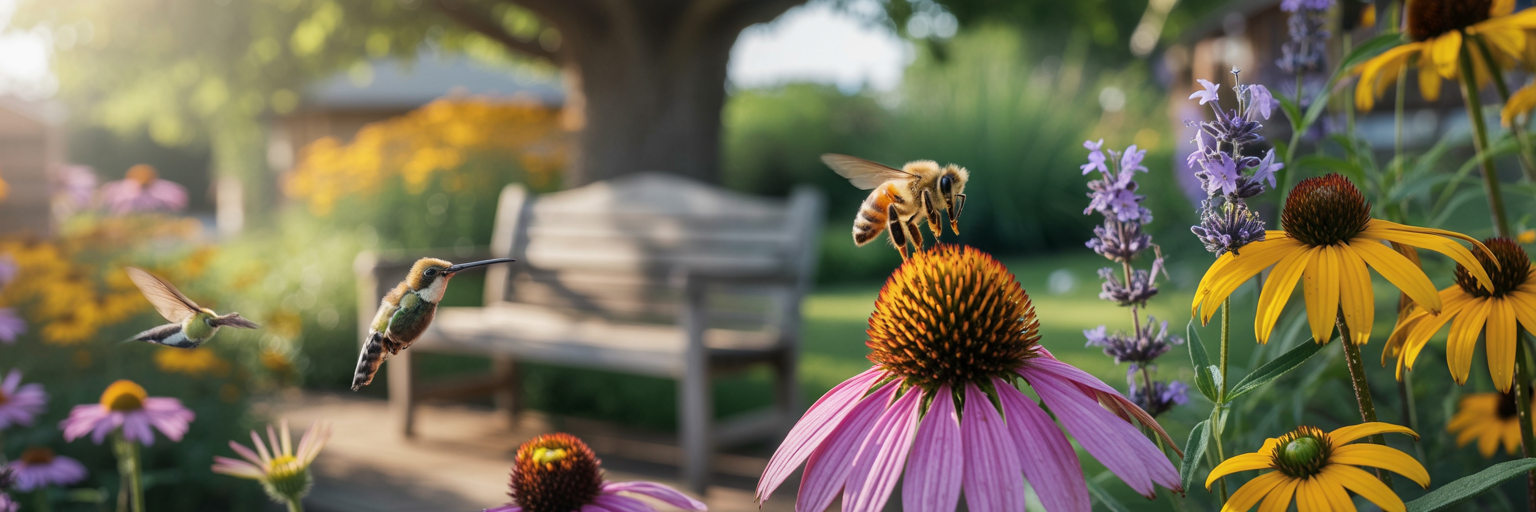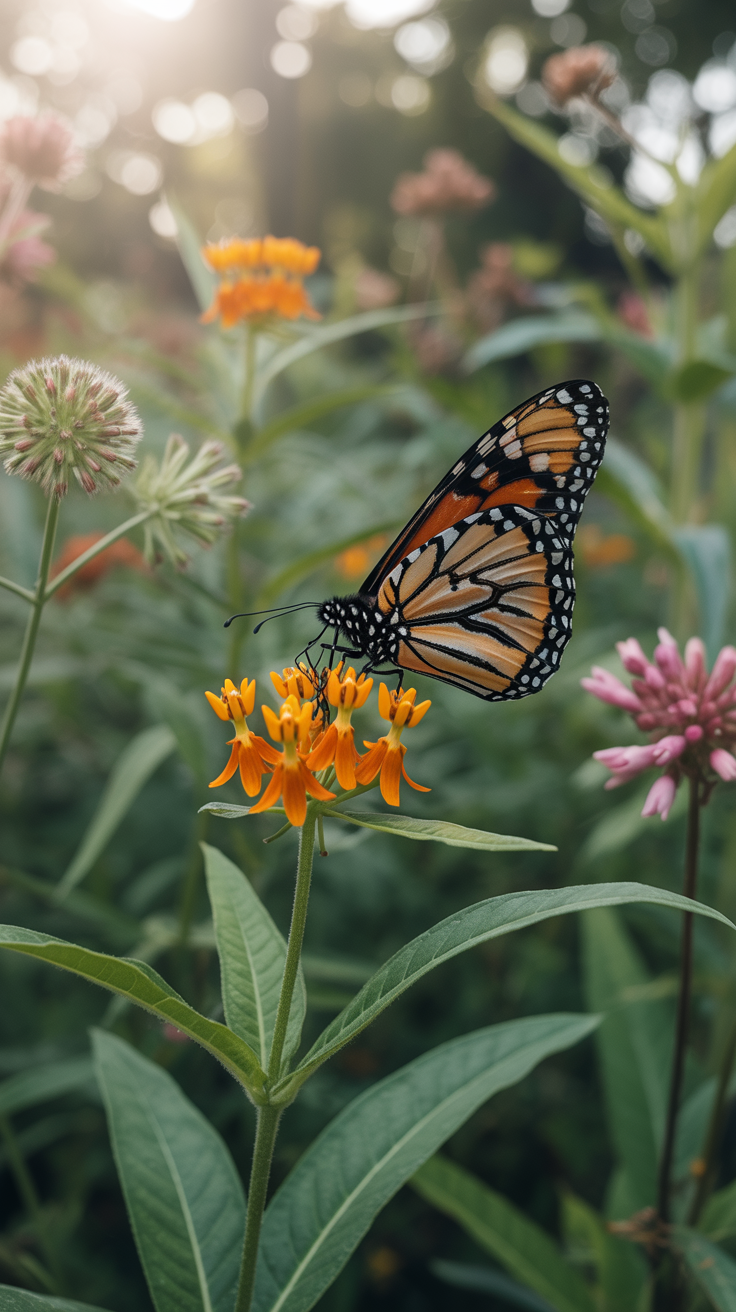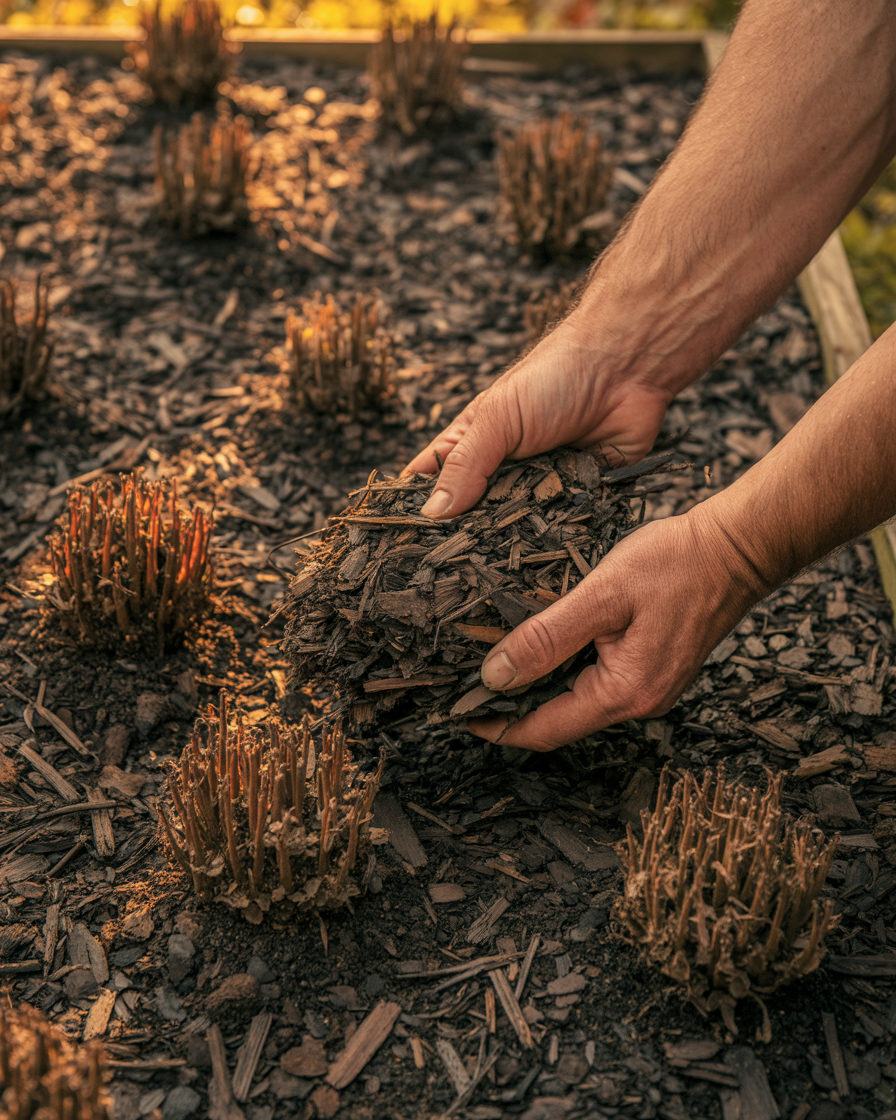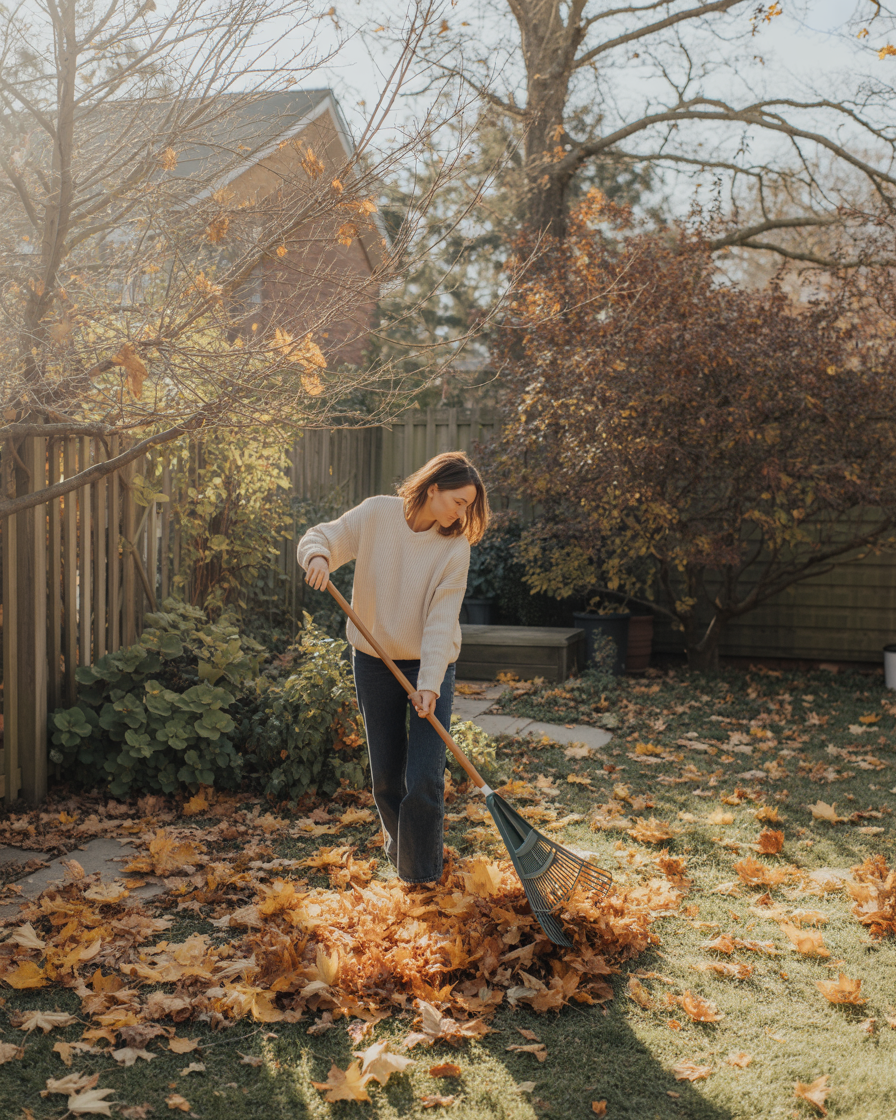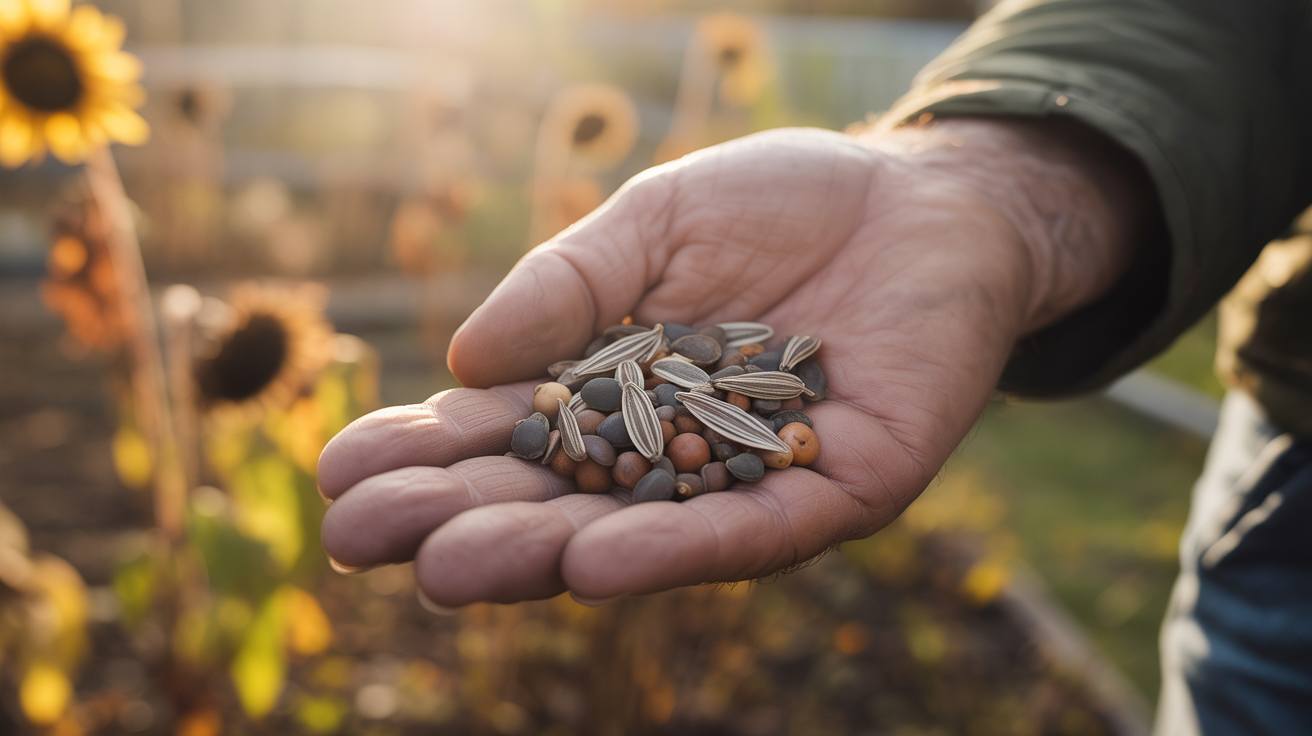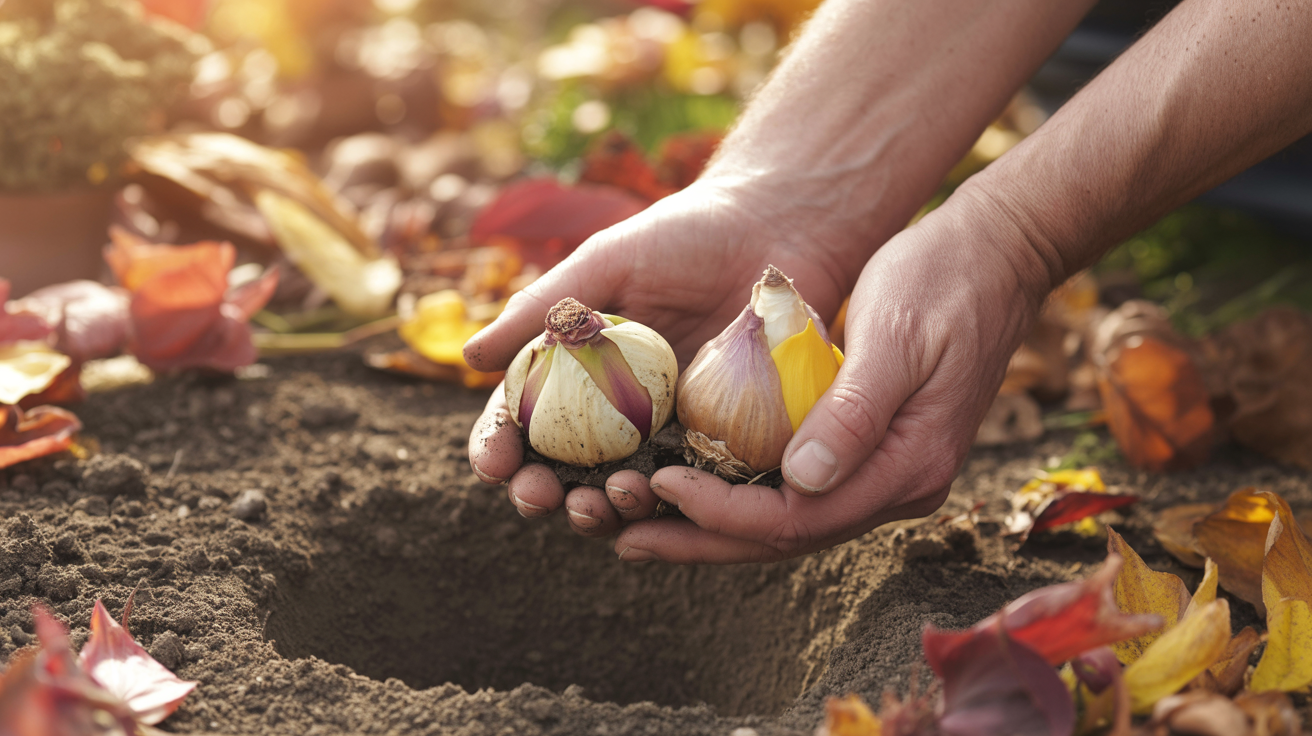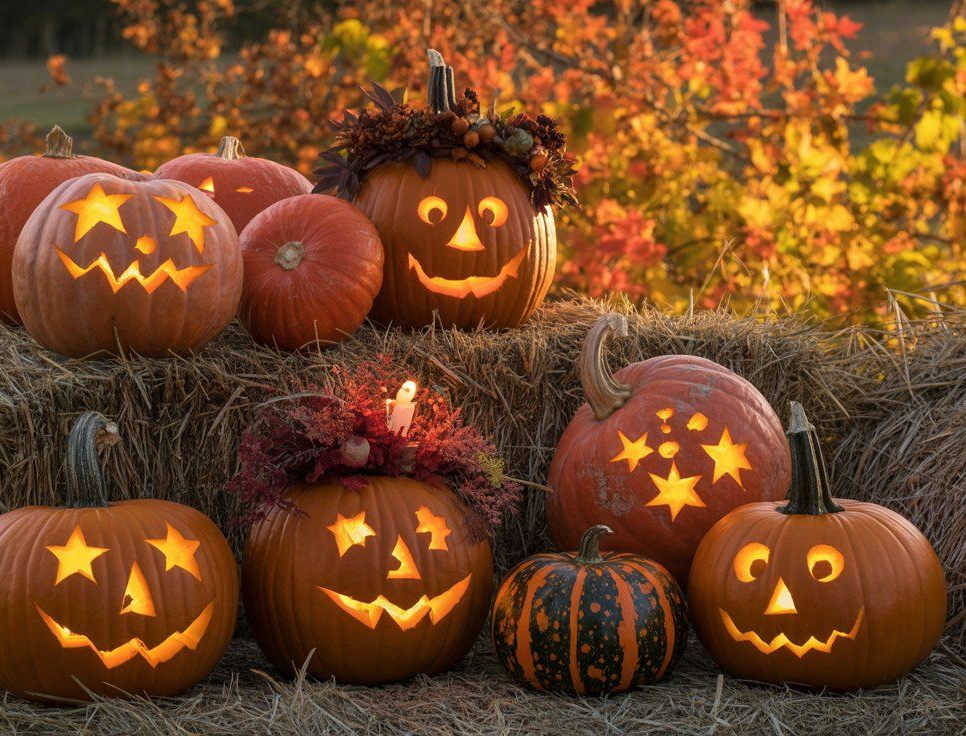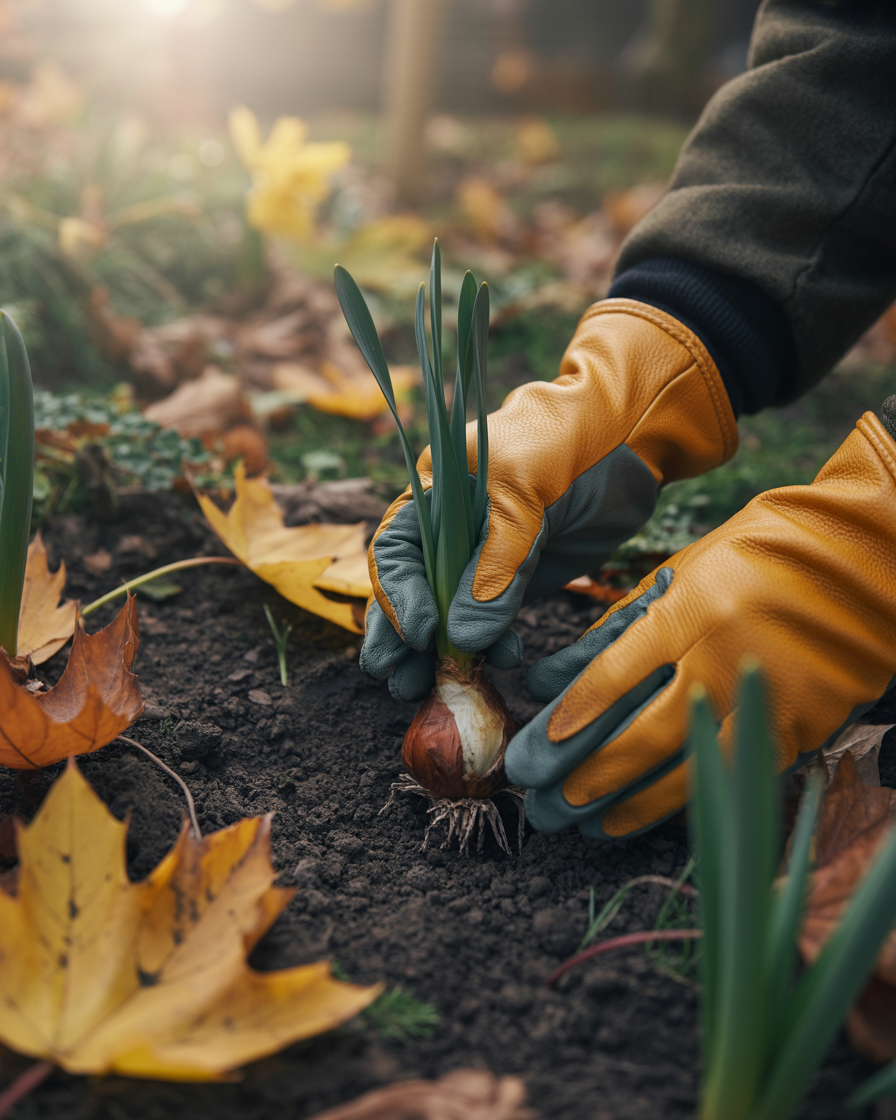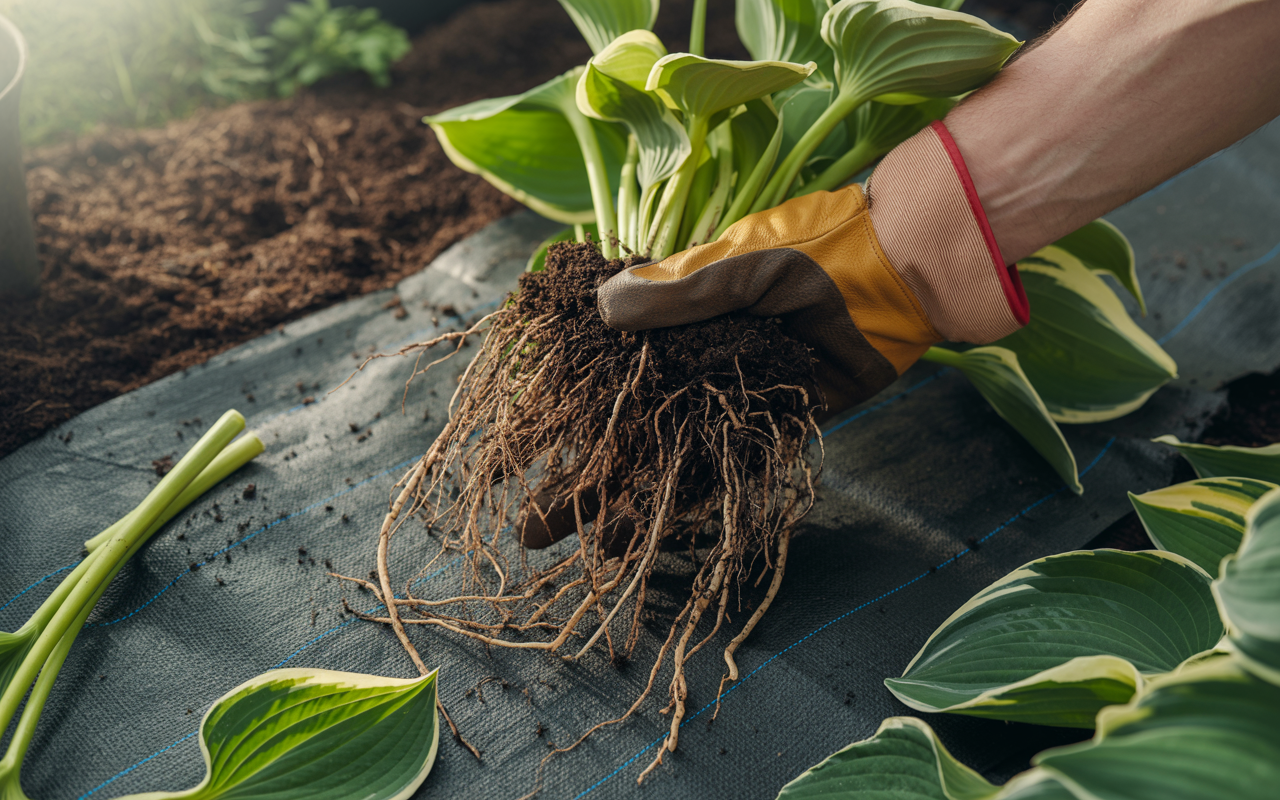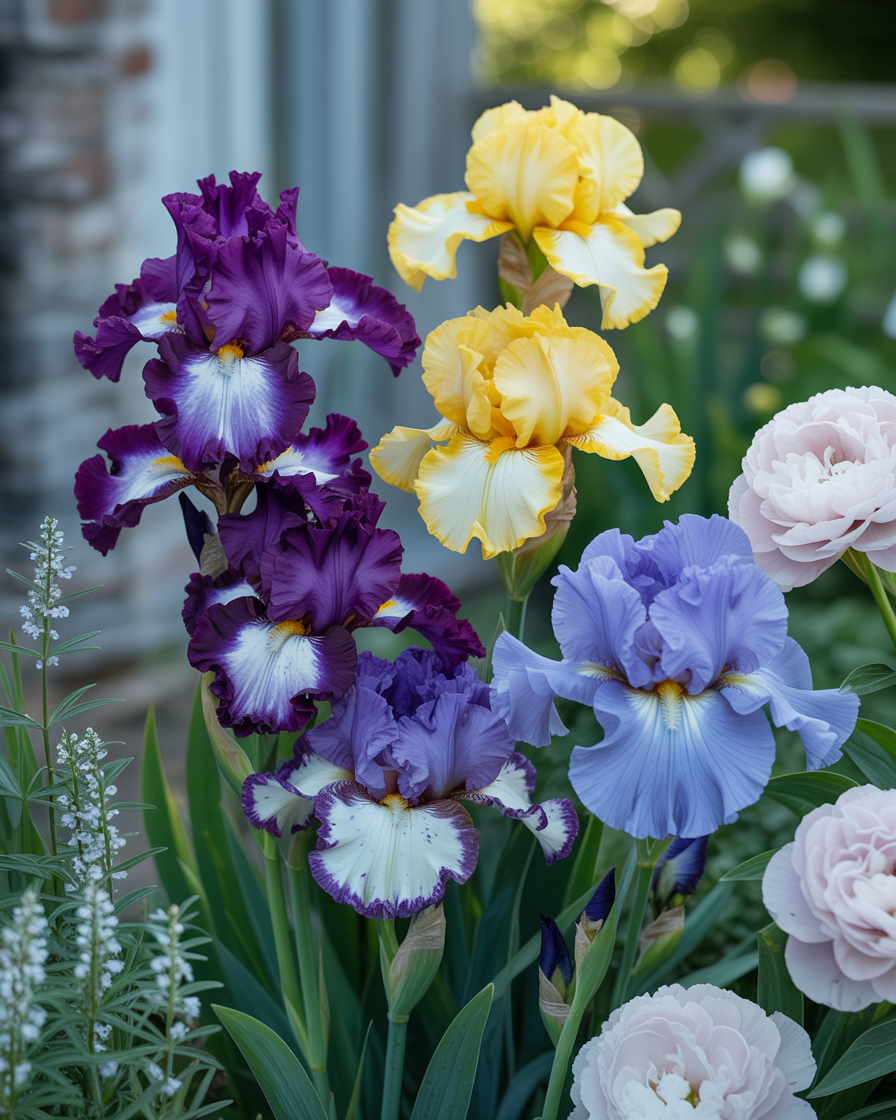2. Go for Variety—Color, Shape, and Bloom Time
Pollinators are selective! Bees are especially drawn to blue, purple, and yellow blooms. Butterflies prefer flat, fragrant flowers with landing pads. And hummingbirds? They’re laser-focused on bright red, tubular flowers.
Try to include a rainbow of shapes and colors to cover all your pollinator bases:
For Bees: Agastache, Russian Sage, Coneflowers, and Catmint
For Butterflies: Phlox, Asters, Joe Pye Weed, and Butterfly Bush
For Hummingbirds: Salvia, Penstemon, Coral Bells, Native Honeysuckle, and Cardinal Flower
Also—plan for three-season blooms to ensure your garden stays helpful and active from spring to fall.
3. Skip the Pesticides
Even "natural" or "organic" sprays can be deadly to pollinators. The best way to manage pests in a pollinator garden? Let nature help. Planting a mix of species invites beneficial insects and keeps your garden in balance. A little nibble here and there is a sign that your garden is alive and thriving.

